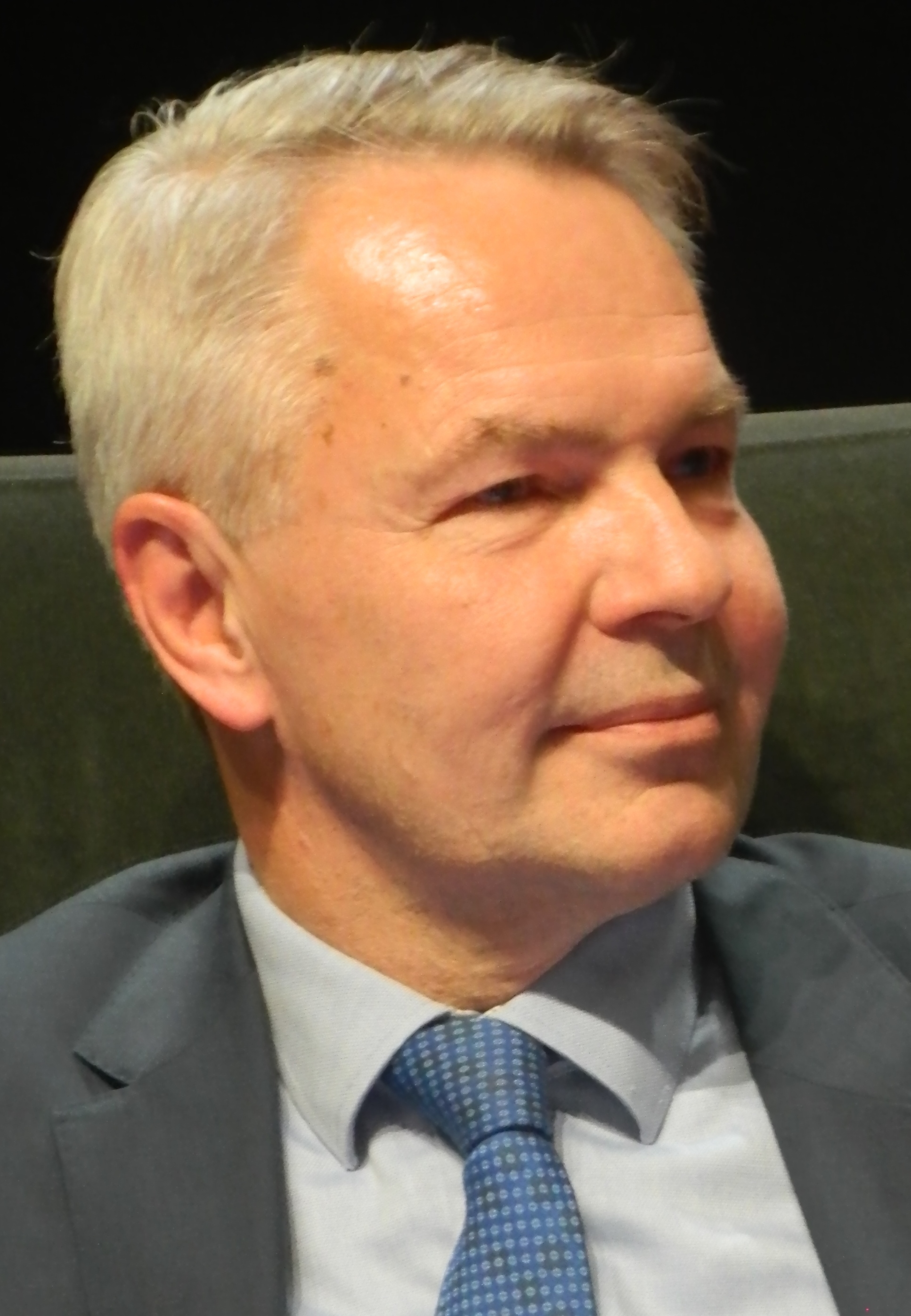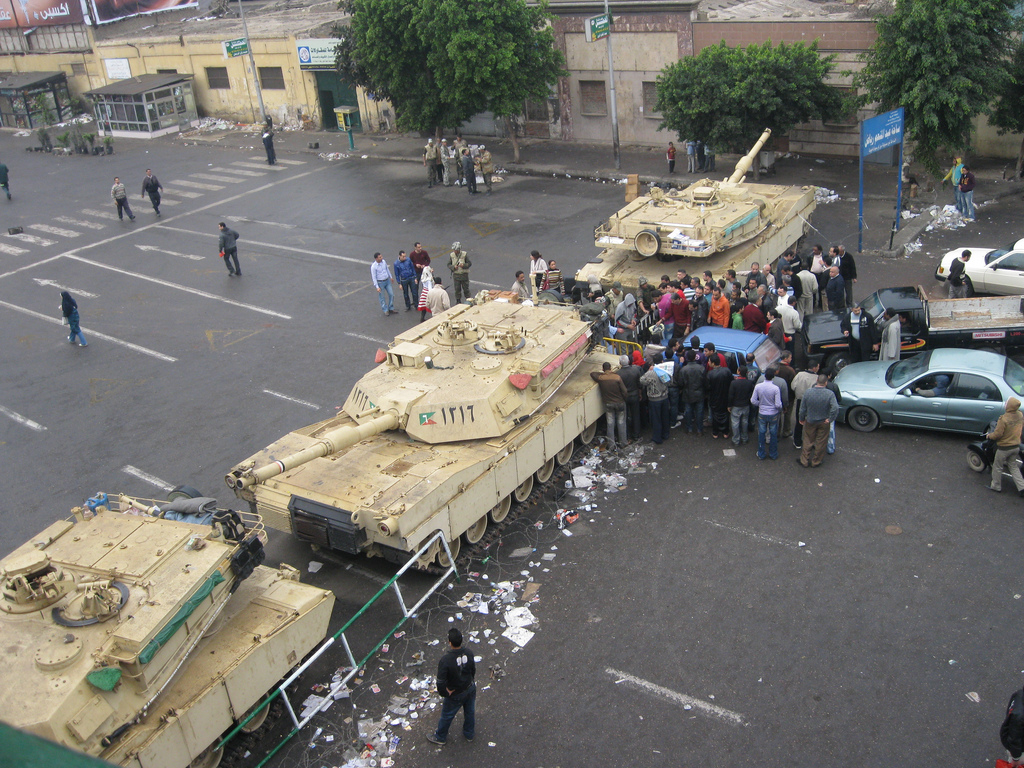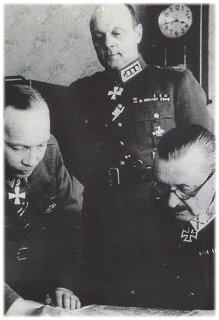|
President Of The Republic Of Finland
The president of the Republic of Finland ( fi, Suomen tasavallan presidentti; sv, Republiken Finlands president) is the head of state of Finland. Under the Constitution of Finland, executive power is vested in the Finnish Government and the president, with the latter possessing only residual powers. The president is directly elected by universal suffrage for a term of six years. Since 1994, no president may be elected for more than two consecutive terms. The president must be a natural-born Finnish citizen. The presidential office was established in the Constitution Act of 1919. The incumbent president is Sauli Niinistö. He was elected for the first time in 2012 and was re-elected in 2018. Finland has, for most of its independence, had a semi-presidential system in which the president had much authority and power over both foreign and domestic policy, but in the late 20th and early 21st centuries, the powers of the president have been subject to decrease, moving the countr ... [...More Info...] [...Related Items...] OR: [Wikipedia] [Google] [Baidu] |
Sauli Niinistö
Sauli Väinämö Niinistö (; born 24 August 1948) is a Finnish politician who has served as president of Finland since March 2012, the 12th person to hold that office. A lawyer by education, Niinistö was Chairman of the National Coalition Party (NCP) from 1994 to 2001, Minister of Justice from 1995 to 1996, Minister of Finance from 1996 to 2003, Deputy Prime Minister from 1995 to 2001 and the NCP candidate in the 2006 presidential election. He served as the Speaker of the Parliament of Finland from 2007 to 2011 and has been the honorary president of the European People's Party (EPP) since 2002. Niinistö was the NCP candidate in the 2012 presidential election, defeating Pekka Haavisto of the Green League (VIHR) with 62.6% of the vote in the decisive second round. Niinistö assumed office on 1 March 2012; he is the first NCP president since Juho Kusti Paasikivi, who left office in 1956. In May 2017, Niinistö announced that he would seek reelection in the 2018 presidential el ... [...More Info...] [...Related Items...] OR: [Wikipedia] [Google] [Baidu] |
2018 Finnish Presidential Election
Presidential elections were held in Finland on 28 January 2018. The incumbent Sauli Niinistö received 62.7% of the vote and was elected for a second term, avoiding a Two-round system, second round. The term is from 1 March 2018 to 1 February 2024 (if 2024 presidential election doesn't go to a second ballot) or 1 March 2024. Although the President is elected by direct election, Niinistö gained a plurality in all Municipalities of Finland, municipalities and a majority in all but 13 municipalities. Candidates Confirmed candidates National Coalition Party The incumbent President Sauli Niinistö was elected as the candidate of the National Coalition Party in the 2012 election. He was eligible for re-election and his decision for running again was closely followed throughout the latter half of his first term. On 29 May 2017, Niinistö announced that he would seek support for his candidacy as an independent candidate outside party politics. To become an official candidate, Niinist ... [...More Info...] [...Related Items...] OR: [Wikipedia] [Google] [Baidu] |
Carl Gustaf Emil Mannerheim
Baron Carl Gustaf Emil Mannerheim (, ; 4 June 1867 – 27 January 1951) was a Finnish military leader and statesman. He served as the military leader of the Whites in the Finnish Civil War of 1918, as Regent of Finland (1918–1919), as commander-in-chief of Finland's defence forces during the period of World War II (1939–1945), as Marshal of Finland (1942–), and as the sixth president of Finland (1944–1946). The Russian Empire dominated the Grand Duchy of Finland before 1917, and Mannerheim made a career in the Imperial Russian Army, rising by 1917 to the rank of lieutenant general. He had a prominent place in the ceremonies for Emperor Nicholas II's coronation in 1896 and later had several private meetings with the Tsar. After the Bolshevik revolution of November 1917 in Russia, Finland declared its independence (6 December 1917) – but soon became embroiled in the 1918 Finnish Civil War between the pro-Bolshevik "Reds" and the "Whites", who were the troops of the ... [...More Info...] [...Related Items...] OR: [Wikipedia] [Google] [Baidu] |
Continuation War
The Continuation War, also known as the Second Soviet-Finnish War, was a conflict fought by Finland and Nazi Germany against the Soviet Union from 1941 to 1944, as part of World War II.; sv, fortsättningskriget; german: Fortsetzungskrieg. According to Finnish historian Olli Vehviläinen, the term 'Continuation War' was created at the start of the conflict by the Finnish government, to justify the invasion to the population as a continuation of the defensive Winter War and separate from the German war effort. He titled the chapter addressing the issue in his book as "Finland's War of Retaliation". Vehviläinen asserted that the reality of that claim changed when the Finnish forces crossed the 1939 frontier and started annexation operations. The US Library of Congress catalogue also lists the variants War of Retribution and War of Continuation (see authority control)., group="Note" In Soviet historiography, the war was called the Finnish Front of the Great Patriotic War.. Alter ... [...More Info...] [...Related Items...] OR: [Wikipedia] [Google] [Baidu] |
Martial Law
Martial law is the imposition of direct military control of normal civil functions or suspension of civil law by a government, especially in response to an emergency where civil forces are overwhelmed, or in an occupied territory. Use Martial law can be used by governments to enforce their rule over the public, as seen in multiple countries listed below. Such incidents may occur after a coup d'état ( Thailand in 2006 and 2014, and Egypt in 2013); when threatened by popular protest (China, Tiananmen Square protests of 1989); to suppress political opposition ( martial law in Poland in 1981); or to stabilize insurrections or perceived insurrections. Martial law may be declared in cases of major natural disasters; however, most countries use a different legal construct, such as a state of emergency. Martial law has also been imposed during conflicts, and in cases of occupations, where the absence of any other civil government provides for an unstable population. Examples of ... [...More Info...] [...Related Items...] OR: [Wikipedia] [Google] [Baidu] |
Constitution
A constitution is the aggregate of fundamental principles or established precedents that constitute the legal basis of a polity, organisation or other type of Legal entity, entity and commonly determine how that entity is to be governed. When these principles are written down into a single document or set of legal documents, those documents may be said to embody a ''written constitution''; if they are encompassed in a single comprehensive document, it is said to embody a ''codified constitution''. The Constitution of the United Kingdom is a notable example of an ''uncodified constitution''; it is instead written in numerous fundamental Acts of a legislature, court cases or treaties. Constitutions concern different levels of organizations, from Sovereign state, sovereign countries to Company, companies and unincorporated Club (organization), associations. A treaty which establishes an international organization is also its constitution, in that it would define how that organiza ... [...More Info...] [...Related Items...] OR: [Wikipedia] [Google] [Baidu] |
Parliament Of Finland
The Parliament of Finland ( ; ) is the unicameral and supreme legislature of Finland, founded on 9 May 1906. In accordance with the Constitution of Finland, sovereignty belongs to the people, and that power is vested in the Parliament. The Parliament consists of 200 members, 199 of whom are elected every four years from 13 multi-member districts electing 7 to 36 members using the proportional D'Hondt method. In addition, there is one member from Åland. Legislation may be initiated by either the Government or one of the members of Parliament. The Parliament passes legislation, decides on the state budget, approves international treaties, and supervises the activities of the government. It may bring about the resignation of the Finnish Government, override presidential vetoes, and alter the constitution. To make changes to the constitution, amendments must be approved by two successive parliaments, with an election cycle in between, or passed as an emergency law with a 167/20 ... [...More Info...] [...Related Items...] OR: [Wikipedia] [Google] [Baidu] |
Two-stage Elections
The two-round system (TRS), also known as runoff voting, second ballot, or ballotage, is a voting method used to elect a single candidate, where voters cast a single vote for their preferred candidate. It generally ensures a majoritarian result, not a simple plurality result as under First past the post. Under the two-round election system, the election process usually proceeds to a second round only if in the first round no candidate received a simple majority (more than 50%) of votes cast, or some other lower prescribed percentage. Under the two-round system, usually only the two candidates who received the most votes in the first round, or only those candidates who received above a prescribed proportion of the votes, are candidates in the second round. Other candidates are excluded from the second round. The two-round system is widely used in the election of legislative bodies and directly elected presidents, as well as in other contexts, such as in the election of politica ... [...More Info...] [...Related Items...] OR: [Wikipedia] [Google] [Baidu] |
Aksel Airo
Aksel Fredrik Airo (14 February 1898 – 9 May 1985) was a Finnish lieutenant general and main strategic planner during the Winter War and the Continuation War. He was the virtual second-in-command of the Finnish army under Field Marshal C.G.E. Mannerheim. He was born in Turku. As a young man he became a supporter of Finnish independence. His father changed the original, Swedish, family name Johansson to Airo (lit. "oar"). During the Civil War in Finland (1918), Airo served in the artillery on the White side, taking part in battles near Viipuri. At the end of the war he was a lieutenant. Afterwards he was trained as an officer in Lappeenranta artillery school and was sponsored to the French military academy, École militaire in St.-Cyr in 1920. In 1921 he was accepted into École Supérieure de Guerre, the French officer training academy, from which he graduated as a captain in 1923, at the age of 27. Mannerheim invited him to join Finland's Defense Council as a secreta ... [...More Info...] [...Related Items...] OR: [Wikipedia] [Google] [Baidu] |
Judicial System Of Finland
Under the Constitution of Finland, everyone is entitled to have their case heard by a court or an authority appropriately and without undue delay. This is achieved through the judicial system of Finland. The Finnish judicial system is mostly organized under the Ministry of Justice, and consists ofJudicial system in Finland Finnish ministry of Justice. Retrieved 10-4-2007 * the independent courts of law and administrative courts * the prosecution service * the enforcement authorities, who see to the enforcement of judgments * the prison service and the probation service, who see to the enforcement of custodial sentences, and * the Bar Association and the other avenues of legal aid. Background The Finnish legal system originated during the period before Swedish rule. The traditional system of[...More Info...] [...Related Items...] OR: [Wikipedia] [Google] [Baidu] |
Finnish Defence Forces
The Finnish Defence Forces ( fi, Puolustusvoimat, sv, Försvarsmakten) are the military of Finland. The Finnish Defence Forces consist of the Finnish Army, the Finnish Navy and the Finnish Air Force. In wartime the Finnish Border Guard (which is its own military unit in peacetime) becomes part of the Finnish Defence Forces. Universal male conscription is in place, under which all men serve for 165, 255, or 347 days, from the year they turn 18 until the year they turn 29. Alternative non-military service for men and voluntary service for women is available. Finland is the only non-NATO European Union state bordering Russia. Finland's official policy states that a wartime military strength of 280,000 personnel constitutes a sufficient deterrent. The army consists of a highly mobile field army backed up by local defence units. The army defends the national territory and its military strategy employs the use of the heavily forested terrain and numerous lakes to wear down an aggre ... [...More Info...] [...Related Items...] OR: [Wikipedia] [Google] [Baidu] |








